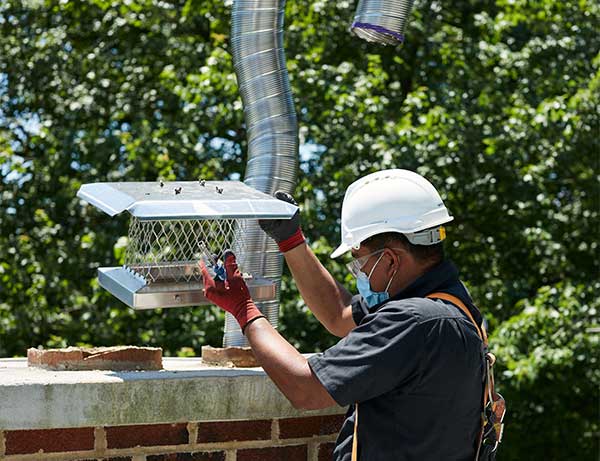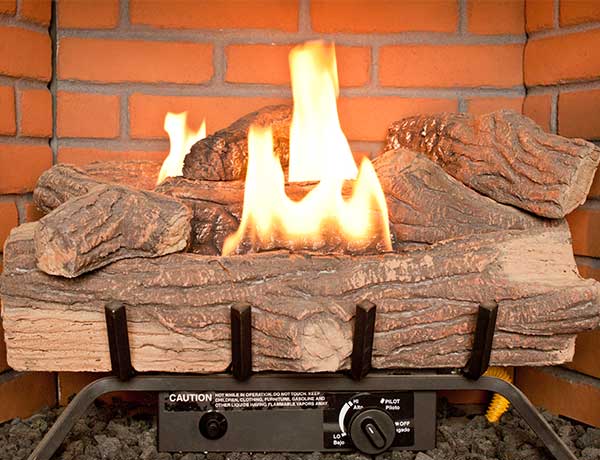With the arrival of warmer weather, the real estate market is heating up. More people shop for new homes in the spring and summer, which is why Winston’s Chimney Service would like to tell you more about the importance of a pre-purchase chimney inspection. All sorts of dangers could be lurking inside a chimney, and your home inspector barely looks inside the chimney. This means a home inspector can tell you he found nothing wrong with the chimney system even though he only briefly shined a flashlight up the flue. While many homebuyers think they are saving money by not hiring a chimney professional to inspect the chimney, they are actually risking having to spend thousands of dollars on future chimney repairs. You want to be sure the chimney in the home you want to buy is not only efficient but also safe. We would like to tell you why you need a pre-purchase chimney inspection.
Most local codes require a Level 2 chimney inspection for homes in real estate transactions.
In January 2000, the National Fire Protection Association (NFPA) adopted three levels of chimney inspections into its code 211, Standard for Chimneys, Fireplaces, Vents, and Solid Fuel Burning Appliances to provide a guideline for chimney sweeps all across America. The basic inspection, Level 1, is what you get when you have your annual chimney sweeping. It includes an examination of the readily accessible parts of the interior and exterior of your chimney as well as the readily accessible parts of your heating appliance and its chimney connection. The Level 2 includes everything in the Level 1 inspection plus the accessible portions of your attic, crawl space, and basement. A Level 2 inspection is required whenever you make changes to your chimney or heating appliance, with a real estate transaction, or after an event (chimney fire, earthquake, tornado, hurricane, lightning strike) likely caused damage to the chimney. One of the most important things about a Level 2 inspection is that it also includes a video scan of every inch of the chimney’s interior, so that if we find damage, we can give you evidence to the seller when you negotiate for repair payments. If a Level 1 or 2 inspection finds possible hidden damage in a concealed area, we will recommend a Level 3 inspection that involves the removal of certain components, such as the chimney crown or an interior wall, to further investigate the damage.
Home inspectors do not really inspect the interior of chimneys.
As Ashley Eldridge, the Director of Education for the CSIA, has said, “Home inspectors are generalists. A CSIA-certified chimney sweep is a specialist.” Home inspectors are not required to go through the same type of extensive training chimney sweeps must do to become certified by the CSIA. When a home inspector looks at a home, he only has to visually examine the fireplace and the exterior of the chimney and shine a flashlight up the flue to briefly check out the interior of the chimney. This is why home inspectors routinely miss chimney problems. An article on the CSIA blog gives an example of a home inspector had no concerns about a chimney and fireplace, but the CSIA-certified chimney technician found that the chimney was not tall enough to meet the local building codes and that the chimney chase cover was damaged and needed to be replaced.
If you or someone you know is shopping for a new home this spring and summer, you need a Level 2 chimney inspection. Contact us at Winston’s Chimney Service to start an appointment for a pre-purchase chimney inspection today.



